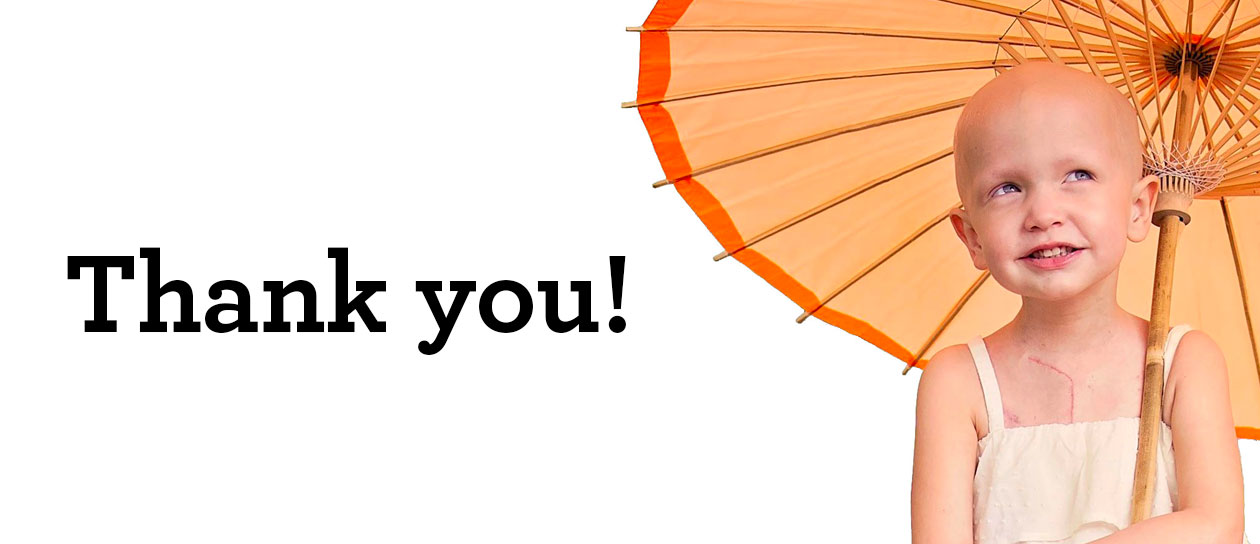At Beat Nb, we've been using Facebook as our main video host for the past couple years. It's a conscious decision which we made only after studying how our videos are discovered and interacted with.
Our main reason for choosing Facebook is simple: it's where people interact with our videos most.
There's tons of options for where to host your videos - YouTube being the obvious gorilla, and Vimeo as a savvy/professional alternative.
We started video work for Beat Nb back in 2011, with much of our content being vignettes of kids and families who are benefiting from the neuroblastoma childhood cancer clinical research we fund. We would upload completed videos to YouTube or Vimeo, then post them on social media (primarily Facebook and Twitter) and send them out in our email blasts.
Where a video we posted may net several hundred views on YouTube, even after emailed out to our modest 4-5k email database and shared on Facebook/Twitter/LinkedIn, that same video uploaded to Facebook would have several thousand views (before any paid boosting) - and interaction from our supporters via comments, shares, messages, and even donations.
The inherent shareability of a video hosted on Facebook is one of its big wins. If what we have to say is compelling, all someone has to do is click "share" and their network may see our video. Plus - it's where many of our donors simply ARE already. (I won't make this post a stats and data one, but dig in here or here if you're interested).
Maybe we just didn't crack the code of virality / organic discovery on YouTube, or maybe the style and content of what we share via video wasn't right for that venue. Either way - the most actual conversations with real people (and views!) were happening on Facebook.
When we first thought about switching our primary video host to Facebook in 2016, there were a couple issues holding us back: Facebook video's mobile support (some phones seemed to be weird about playing the embedded videos) and people who don't have Facebook. However, mobile support is spot on now, and you don't need to have a Facebook account to watch content - just hit play and it works like you'd expect: it plays.
Instagram is where we get the second highest interaction levels, and we've begun posting content to IGTV as well as Facebook posts. It's definitely lower numbers of views, but the engagement is high (comments, shares).
Our primary aim on Facebook is connecting to people who find what we do (neuroblastoma and other childhood cancer clinical trials) compelling. Because so many of the communities who come alongside us already exist on Facebook, it's been a great place for discovery and conversation.
Random note: we maintain all video files both offline and on Dropbox. You should never let your end-all-be-all library be on a third-party site.

